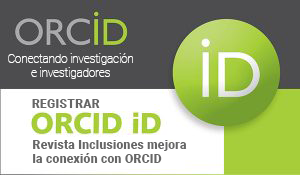MORAL AND AESTHETIC EDUCATION OF STUDENTS BY MEANS OF FOREIGN LANGUAGES IN DIGITAL ENVIRONMENT
Palabras clave:
Foreign language teaching, Moral and aesthetic education, Foreign language cultureResumen
Conceptual direction of the state educational policy of the Russian Federation is the upbringing of a highly moral and aesthetically educated person. The whole educational process should be organized in such a way that the acquisition of knowledge is accompanied by the cultivation of values contributing to the development of inherent creative and intellectual abilities of a person. In accordance with the Law “On Education in the Russian Federation” and the Federal State Educational Standards of Basic General Education (hereinafter – FSES BGE), an integral part of the sociocultural competence of students, along with their knowledge in various fields of human activity, is the acquisition of spiritual, moral and aesthetic values. The results of mastering the educational program of basic general education, set by the Law and standards, include the development of moral awareness and competence in solving moral problems based on personal choice, the formation of moral feelings and ethical behavior, a conscious and responsible attitude to one’s own actions, the development of aesthetic appreciation of cultural heritage of the peoples of Russia and the world. Meeting these challenges entrusted to the entire system of school education, including teaching foreign languages as its intrinsic part.
Publicado
Cómo citar
Número
Sección
Los autores retienen los derechos de autor y otorgan a Revista Inclusiones el derecho de publicación bajo Creative Commons Attribution 4.0 International (CC BY 4.0). Esto permite el uso, distribución y reproducción en cualquier medio, siempre que se otorgue la debida atribución al autor.











